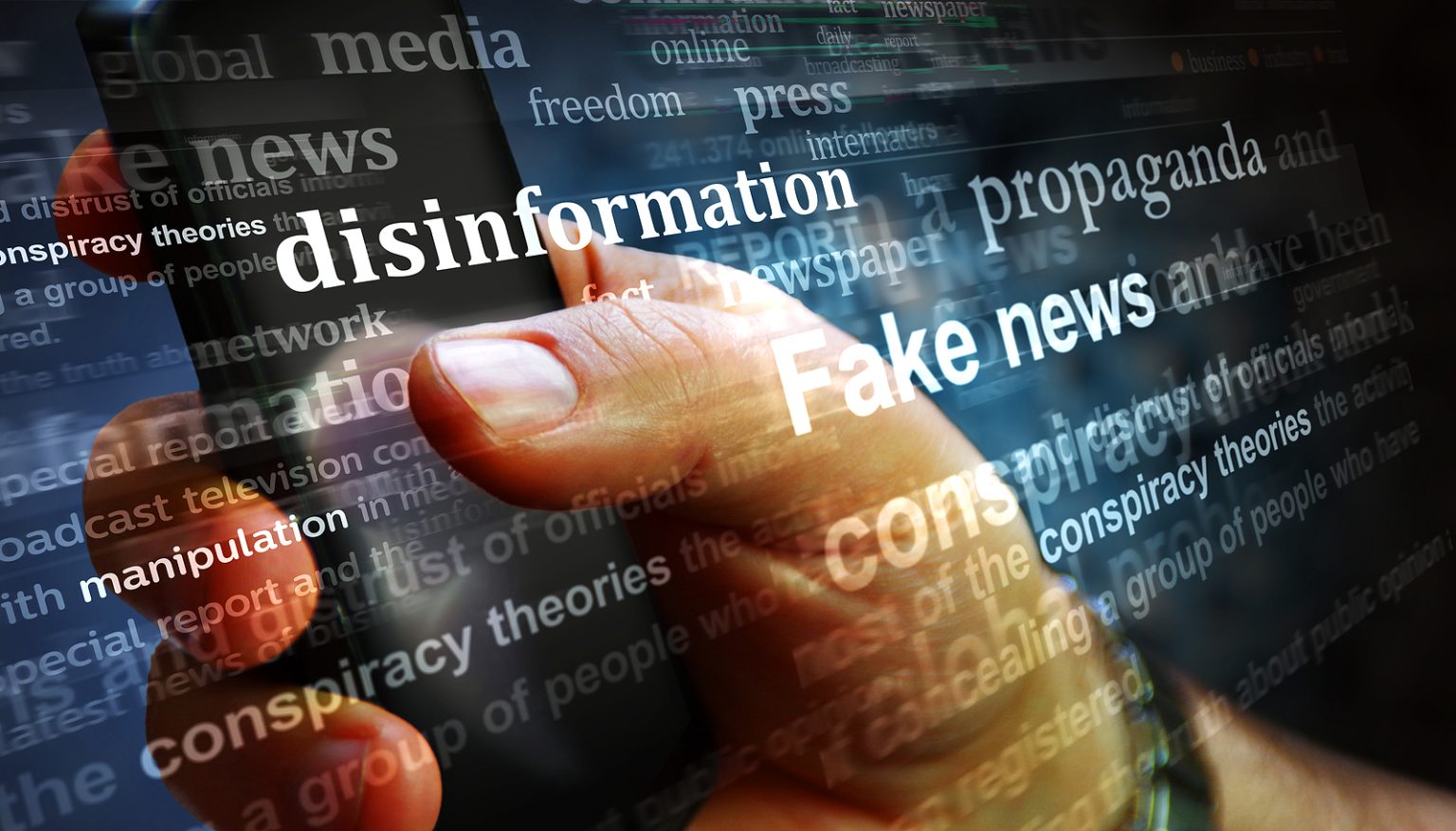The battle against disinformation in high-stakes political campaigns is escalating due to the use of artificial intelligence by both the purveyors of fake news and those working to combat it. However, experts agree that human intelligence is still the best tool to defend against fake news. Media literacy and skepticism are vital in distinguishing between genuine and faked information. Annalee Newitz emphasizes the importance of people being wary of what they read and being critical of information from any platform.
False narratives such as claims about immigrants or AI-generated images have led to real-world consequences, including harassment and threats. Newitz documents how negative storytelling has been used against marginalized groups throughout history, and these tactics are still being employed in the current political climate. Disinformation is being spread through AI-powered bots and micro-targeting techniques, creating challenges for those trying to combat fake news.
Several organizations are leveraging AI to defend against disinformation, such as TrueMedia.org and Hiya’s Deepfake Voice Detector. However, the rise of AI in generating and spreading fake news presents new challenges. Despite AI’s negative impact on the disinformation war, experts prioritize human intelligence through recommended defense mechanisms, such as pausing to question information, checking multiple sources, and paying attention to recurring fake-news themes.
However, some organizations tracking online disinformation have faced opposition and had to scale back their efforts due to political pressures. Both left-wing and right-wing groups are engaged in spreading disinformation, highlighting the need for a nonpartisan approach to combatting fake news. Experts are optimistic about the long-term resilience of society but express concerns about potential bombshells in upcoming elections and the need for improved storytelling across political divides.
Newitz and Etzioni stress the importance of personal responsibility in combating disinformation and recommend strategies such as keeping historical receipts of fake-news themes and staying vigilant to fake-news patterns. They also express hope for a future where people from different political backgrounds can tell better stories together. Overall, while the use of AI in disseminating fake news poses challenges, human intelligence remains crucial in the fight against disinformation.


